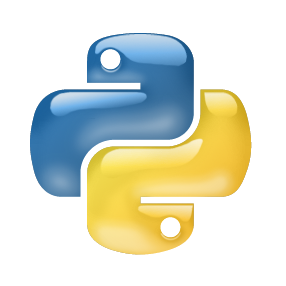Third-party resources ($e.g.$, samples, backbones, and pre-trained models) are usually involved in the training of deep neural networks (DNNs), which brings backdoor attacks as a new training-phase threat. In general, backdoor attackers intend to implant hidden backdoor in DNNs, so that the attacked DNNs behave normally on benign samples whereas their predictions will be maliciously changed to a pre-defined target label if hidden backdoors are activated by attacker-specified trigger patterns. To facilitate the research and development of more secure training schemes and defenses, we design an open-sourced Python toolbox that implements representative and advanced backdoor attacks and defenses under a unified and flexible framework. Our toolbox has four important and promising characteristics, including consistency, simplicity, flexibility, and co-development. It allows researchers and developers to easily implement and compare different methods on benchmark or their local datasets. This Python toolbox, namely \texttt{BackdoorBox}, is available at \url{https://github.com/THUYimingLi/BackdoorBox}.
翻译:第三方资源(例如,美元、样本、骨干和预先培训的模式)通常参与深神经网络(DNNS)的培训,这种网络将后门攻击作为一种新的培训阶段的威胁而带来后门攻击。一般来说,后门攻击者打算在DNS中植入隐藏的后门,以便被攻击的DNNS在良性样品上正常行事,而如果隐藏的后门被攻击者指定的触发模式触发,其预测将恶意地改变为预定目标标签。为了便利研究和开发更安全的培训计划和防御,我们设计了一个公开来源的Python工具箱,在统一和灵活的框架下执行具有代表性和先进的后门攻击和防御。我们的工具箱有四个重要和有希望的特点,包括一致性、简洁性、灵活性和共同发展。它使研究人员和开发者能够方便地实施和比较基准或本地数据集的不同方法。这个Python工具箱,即\ tut{Backdoorbox},可以在\url{https://github.com/THUYIMLI/BstoromL}。




